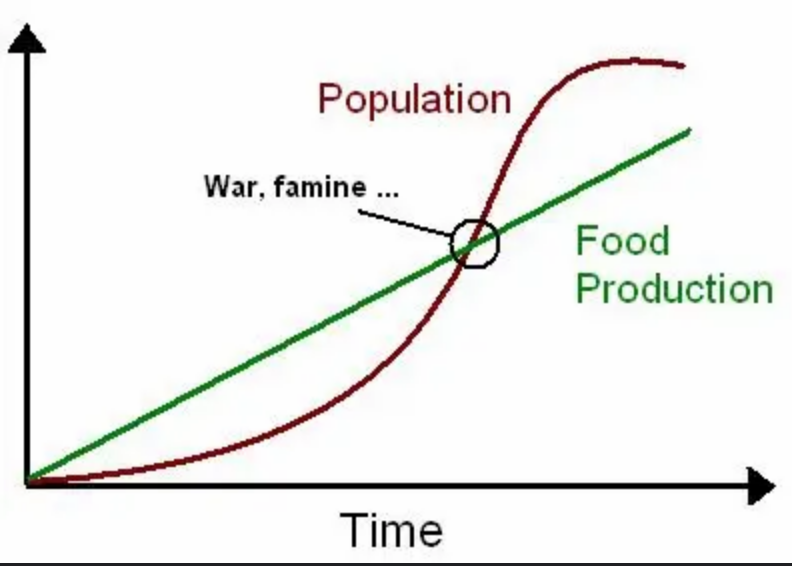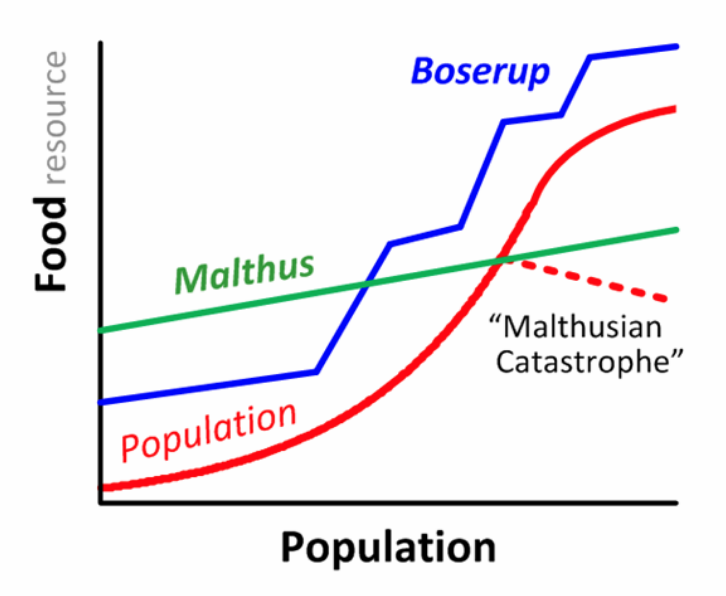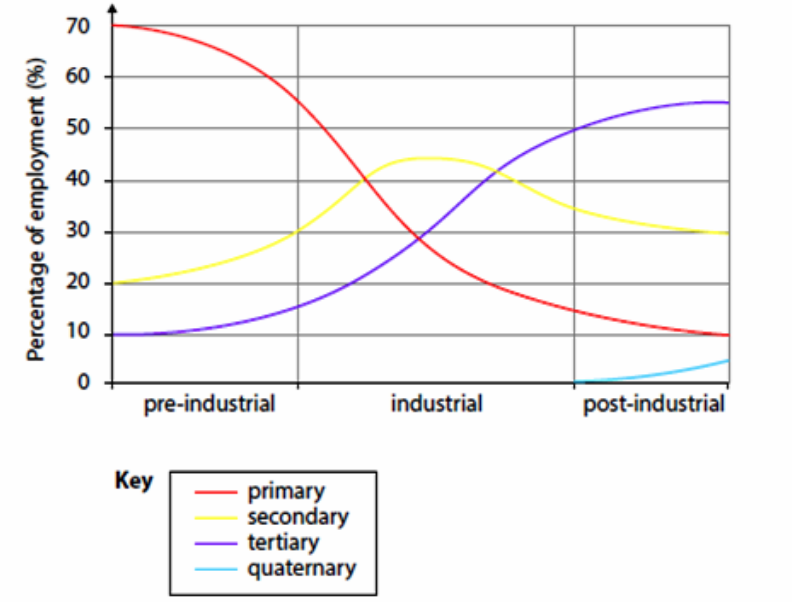IGCSE edexcel geography - economic activity and energy
1/80
There's no tags or description
Looks like no tags are added yet.
Name | Mastery | Learn | Test | Matching | Spaced |
|---|
No study sessions yet.
81 Terms
Four economic sectors
Primary
Secondary
Tertiary
Quaternary
Primary sector
Made up of businesses that produce or extract raw materials
Primary sector examples (3)
Farming
Fishing
Mining
Secondary sector
Manufacturing or industrial work, it involves taking raw materials from the primary sector and processing them into finished goods, often in factories
Secondary sector examples (3)
Car Manufacturing
Food Processing
Construction
Tertiary sector
Businesses and activities that provide services rather than producing raw materials or manufacturing goods
Tertiary sector examples (3)
Doctors
Teachers
Retail worker
Quaternary sector
Industries focused on knowledge-based services, information, and high-tech activities
Quaternary sector examples (3)
Consultancy
Research and development (R&D)
Informational technology (IT)
Malthus theory
The supply of food cannot keep up with the growth of the human population, inevitably resulting in disease, famine, war, and calamity

Boserups’s argument on Malthus’ theory
That population growth can be a catalyst for agricultural development, rather than a cause of resource scarcity

Clark fisher model
Describes the shifts in economic activity over time, moving from primary to secondary and then tertiary sectors

Pre-industrial phase
Primary sector leads the economy
Agriculture the most important activity
Industrial phase
Secondary and tertiary sectors increase in productivity
Primary sector declines
Post-industrial phase
Tertiary sector is now most important sector
Primary and secondary continue to decline
Quaternary sector begins to emerge
Sectoral shift in the UK (MEDC/HIC)
Decline in employment in the primary sector
Decline in employment in the secondary sector
Most people employed in the tertiary sector
Rise in employment in the quaternary sector over time
Sectoral shift in China (NEE)
Primary sector employs the least people
Large increase in employment in secondary sector (due to large labour force)
Tertiary sector increases slowly in cities
Quaternary sector increasing
Sectoral shift in Ethiopia (LEDC/LIC)
Primary sector employs many individuals
Secondary sector employs many individuals
Tertiary sector employs the very little people
Quaternary sector employs the least amount of people
Reasons for decline in primary sector employment (4)
Cheaper to import
Mechanisation
Depletion of resources
Social change
Reasons for decline of employment in the secondary sector (3)
Globalisation
Mechanisation
Government policies
Reasons for growth in tertiary sectors (3)
Increased wealth
Technological advancements
Changes in employment structures
Reasons for growth in quaternary sectors (3)
Advancements in technology
Globalization
Increasing importance of knowledge and information in the economy
Mechanisation
Moving from a labour-intensive to a more capital-intensive method of production, employing more machines and fewer workers
Globalisation
Increased interaction and interdependence between countries
Industrialisation
The development of industries for the machine production of goods
Formal sector
Businesses and organisations that are officially registered, regulated, and taxed by the government
Formal sector job characteristics
Officially recognized and regulated by the government
Set hours
Wages
Social security
Formal sector job examples
Teachers
Bus driver
Janitor
Formal sector advantages
Stability
Security
Wages
Formal sector disadvantages
Potential job losses due to automation
Limited opportunities for those lacking required skills
Informal sector
Economic activities outside of government regulation and taxation
Informal sector job characteristics
Not officially recognised or regulated by the government
Lacking formal contracts, taxes, and worker protections
Informal sector job examples
Shoe shining
Drug dealing
Street vending
Informal sector advantages
Employment and Income Generation
Potential for Skill Development
The money these people made could allow them to get a formal sector job
Informal sector disadvantages
Low pay
Lack of benefits
Unsafe working conditions
CASE STUDY - name a megacity with a large informal sector
Mumbai
Pull factors of Mumbai
Better housing and services
More jobs and higher wages
Better living conditions with a safer environment (less chance of natural disasters)
Problem caused by Mumbai’s rapid urbinisation
Squatter settlements, mainly Dharavi
Dharavi population
1 million
Characteristics of Dharavi
overcrowded and noisy
houses are made from cardboard, wood, corrugated iron, plastic sheeting and metal from oil drums
lack of sanitation and clean drinking water
open sewers
pollution and disease are common
thousands of workshops and people employed in the informal job sector.
How much was made in a year due to informal employment in Dharavi
Over £350 million a year.
Advantages of informal employment in Dharavi
People can make money and afford nesessities
Disadvantages of informal employment in Dharavi
Taxes are not being paid
People cannot have stability
Energy
Something that supplies/produces power
Energy gap
The difference between a country’s energy demand and its ability to produce it
Factors affecting energy demand
Population growth
Economic development
Technological advancements
Population growth explanation
Larger population naturally requires more energy for basic needs like heating, cooling, cooking, and lighting
Economic development explanation
As countries develop, their economies grow, leading to increased industrial activity and a higher demand for energy
Technological developments explanation (increase in demand)
Development of new energy-intensive industries (e.g., data centers) can drive up demand
Technological developments explanation (decrease in demand)
The adoption of energy-efficient appliances and technologies can reduce demand
Renewable energy
Energy from a source that is not depleted when used
Renewable energy examples (3)
Wind
Solar
Geothermal
Renewable energy advantages (3)
Environmental benefits
Reduced reliance on foreign energy sources
Long-term cost savings
Environmental benefits (explain)
Renewable energy significantly reduces carbon emissions and air pollution compared to fossil fuels, leading to cleaner air and water
Reduced reliance on foreign energy sources (explain)
Using domestically sourced renewable energy can enhance energy independence and reduce dependence on volatile global fossil fuel markets
Long-term costs saving (explain)
Renewable energy systems often have lower operational and maintenance costs, and government incentives can help offset upfront expenses.
Renewable energy disadvantages (3)
High initial costs
Intermittency
Land use and environmental impact
High initial costs (explain)
Renewable energy systems, particularly solar and wind, can have high initial capital costs, although these costs are decreasing and government incentives are available.
Intermittency (explain)
Some renewable energy sources, like solar and wind, are intermittent, meaning they don't generate energy continuously. This can require backup power systems or energy storage solutions
Land use and environmental impact (explain)
Large-scale renewable energy projects, such as solar farms and wind farms, require significant land space, which can impact ecosystems and agricultural land.
Non-renewable energy
Energy from sources with finite quantities and cannot be replenished by natural processes within a human lifespan
Non-renewable energy examples
Coal
Oil
Natural gas
Non-renewable energy advantages
High Energy Density
Relatively Inexpensive
Easy to Store and Transport
High energy density (explanation)
Fossil fuels provide a large amount of energy per unit of mass, making them efficient for power generation
Relatively inexpensive (explanation)
Compared to some renewable energy sources, fossil fuels are often cheaper to extract and use
Easy to Store and Transport (explanation)
Fossil fuels can be easily stored, piped, or shipped, making them readily available to different locations.
Non-renewable energy disadvantages
Environmental Pollution
Greenhouse Gas Emissions
Finite Resources
Environmental pollution (explain)
Burning fossil fuels releases pollutants like carbon dioxide, sulfur dioxide, and particulate matter, leading to air and water pollution.
Greenhouse gas emissions (explain)
Fossil fuels are a major source of greenhouse gas emissions, contributing to climate change and global warming.
Finite resource (explain)
Fossil fuels are non-renewable, meaning they will eventually be depleted, raising concerns about long-term energy security.
How energy can be managed sustainably in transport (3)
Promote Energy Efficiency
Shift to Renewable Energy Sources
Encourage Sustainable Transportation Modes
Promote energy efficiency (explain)
Utilise more fuel-efficient vehicles, including electric and hybrid vehicles
Optimise transportation routes, traffic flow, and logistics to minimise travel time and fuel usage
Shift to Renewable Energy Sources (explain)
Explore the use of biofuels blended with conventional fuels, or even higher blends like 100% liquid biofuels
Consider hydrogen fuel cells and infrastructure for vehicles
Promote the adoption of electric vehicles and invest in renewable energy sources for charging infrastructure
Encourage Sustainable Transportation Modes (explain)
Prioritise walking and cycling for shorter distances
Invest in and promote the use of public transportation systems (buses, trains, etc.)
Encourage carpooling, ride-sharing, and other shared mobility options
How energy can be managed sustainably in indusry (3)
Conducting energy audits: Analyzing current energy usage to identify areas for improvement.
Upgrading to energy-efficient equipment: Replacing outdated machinery with more efficient models, such as LED lighting and HVAC systems.
Optimizing processes: Streamlining operations to minimize energy waste and improve productivity.
How energy can be managed sustainably in the home (2)
Reduce Energy Consumption
Generate Renewable Energy
Reduce energy consumpion (explain)
Improve insulation in walls, roofs, and floors to minimise heat loss in winter and heat gain in summer.
Opt for appliances with high energy efficiency ratings (like ENERGY STAR) and consider replacing older, energy-guzzling models.
Smart Energy Use:
Lighting: Switch to LED bulbs and maximise natural light.
Standby Power: Turn off or unplug electronics when not in use to avoid "vampire" energy consumption.
Heating/Cooling: Adjust thermostats, use programmable thermostats, and consider a smart thermostat for better control.
Water Heating: Insulate your hot water cylinder and consider a low-flow shower head and faucet aerator.
Behavioural Changes:
Simple habits like turning off lights when leaving a room, using fewer, colder washes for laundry, and using the dishwasher only when full can make a difference.
Generate Renewable Energy (explain)
Solar Panels:
Install solar panels to generate electricity for your home, and consider battery storage to store excess energy.
Solar Heating:
Use solar energy to heat water for your home.
Air Source Heat Pumps:
Consider replacing your gas boiler with an air source heat pump, which is more efficient and uses renewable energy.
Other Renewable Options:
Explore other renewable energy sources like wind turbines or biomass systems, depending on your location and resources.
Science park
A purpose-built cluster of office spaces, labs, workrooms and meeting areas designed to support research and development in science and tech. These are part of the quaternary sector.
Science parks tend to located (4)
Close to universities
On the edges of cities (cheaper land and more available space)
Close to transport links (motorways, railways)
Close to other science/business centres (enables sharing of knowledge/business)
Benefits of science parks
Places where small scale science and innovation can happen
Good links with universities – source of graduates
Attractive locations
Onsite meeting rooms, coffee shops, health clubs and nurseries
Good transport links